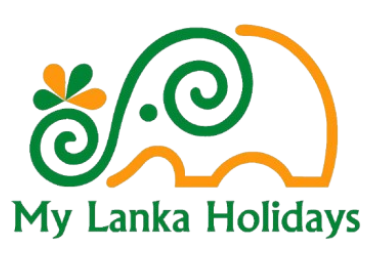
Kumana Bird Sanctuary

About Kumana Bird Sanctuary
Kumana National Park was originally known as the Yala East National Park and was renamed in 2006. As a neighbour of the Yala National Park much of the wildlife found there such as the Sri Lankan Leopard and the Sri Lankan Elephant can also be seen in Kumana. Kumana is divided from Yala West National Park (Ruhana) by a strict nature reserve where spectators aren’t allowed. Within the boundaries of the Kumana National Park there is the Kumana Bird Sanctuary, which was declared a protected area in 1938, and is one of the most important breeding grounds for birds in Sri Lanka
WHERE
The Park is located in the south-east corner of Sri Lanka, and extends for 18,150 hectares. It is entered at Okanda, about 30km down the coast track south of Arugam Bay via the small town of Panama.
WHEN
Kumana has an average annual temperature of 27°C and an annual rainfall of 1,300mm and its altitude ranges from sea-level to the low height of 90 metres. There are about 20 lagoons and tanks here that can be less than two metres deep and are often flooded by seawater. Birdlife can be observed in the Kumana National Park throughout the year but the best time to visit is during the first half when there is a lot of water in the tanks.
WHAT TO SEE
Ancient cave inscriptions from the 1st and 2nd century BC have been discovered in Kumana, a haven for birdlife. Buddhist and Hindu devotees cross the area annually on foot pilgrimage to Kataragama. The park's highlight is the 200-hectare Kumana Villu swamp, where the Kumbukkan Oya river flows, attracting birds for breeding in May and June. Over 255 bird species have been recorded, including Pelicans, Painted Storks, and rare species like the Black-necked Stork. From April to July, thousands of migratory birds, including Pintails from Siberia, flock to the area. Mammals like elephants, leopards, and aquatic species such as turtles and crocodiles also inhabit the park. Flora - The Park's wetland areas are surrounded by dry-zone tropical thorn forest. The inland forest's flora consists mainly of Manilkara hexandra which is known as Palu in Sinhala. There are also aquatic plants, trees and reeds.
© All Rights Reserved.


